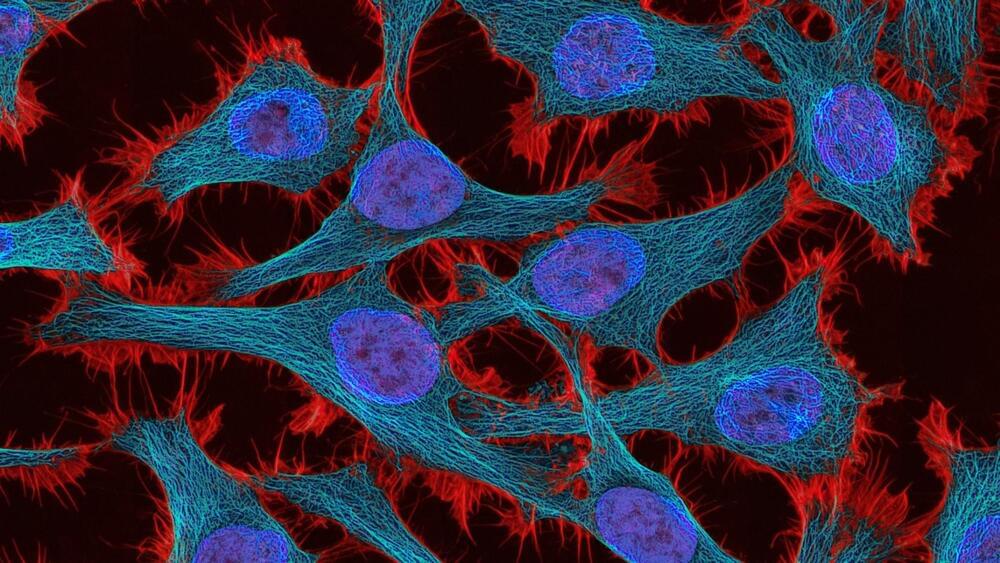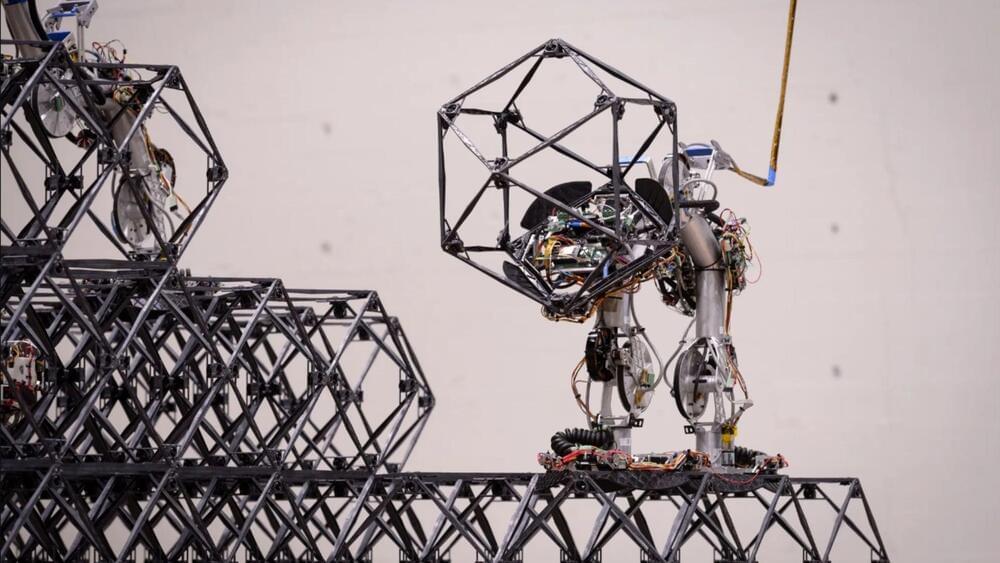Labroots recently explored how a November 2023 study published in The American Journal of Psychiatry found that cannabis does not mitigate long-term opioid addiction. Now, a more recent study published in The American Journal of Drug and Alcohol Abuse could either support or refute these findings as a team of international researchers examined the potential for cannabis to be used as appropriate substitute for weaning patients away from opioid use for non-medical reasons. This study holds the potential to help medical practitioners, patients, and the public better understand the link between medical cannabis and opioid addiction.
“Clarifying how cannabis and opioids interact is crucial if we are to equip healthcare professionals to provide evidence-based addiction treatment, prevent overdose deaths and save lives,” said Gabriel Costa, who is a researcher at the University of Ribeirão Preto in Brazil and lead author of the study.
For the study, the researchers combined findings from a meta-analysis and modeling to ascertain the risk of cannabis use and non-medical opioid use for patients suffering from opioid use disorder (OUD) and receiving appropriate treatment, as well. The meta-analysis involved a myriad of databases between March 1 and April 5, 2023, with a total of 10 studies being selected for further investigation for the final study, which totaled 8,367 participants, of which 62 percent were men and 38 percent were women.







